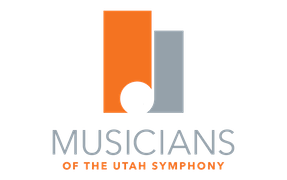London
I.
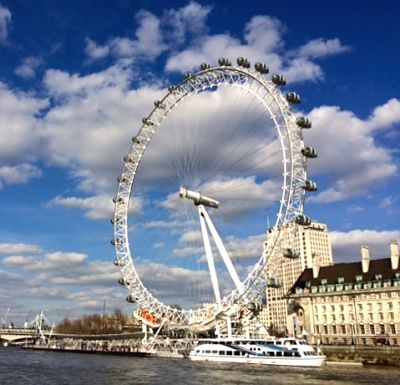
The London Eye
London is big, it’s old, and it’s a place my older brother has called home for more than 45 years. Lee went to the Royal College of Music and continues to be involved as clarinetist and librarian for several different groups. His wife, Mary, has had a distinguished career as a cellist and continues to play with the string quartet, Fiori Bianchi. Their home, not far from the Balham underground stop, is filled with things musical and artistic. Old radiators make their gurgling noises and help keep the house warm. Mary’s pottery can be seen in most every room of the house. Their English garden is beautiful and home to several happy birds whose songs help us begin each new day. For more than two weeks it will be home.
With many major and minor orchestras, the theatre, relatives and sights to see, our schedule would be busy. And then we have to find time to enjoy Lee’s cooking or a favorite restaurant. The temperatures are still cool in March and April and I’m glad I brought a coat with a hood. Even if it doesn’t rain, there’s always the threat . We use what are called “Oyster” cards to travel by the underground, train or bus. In certain places, at certain times, the mass of people can mean you don’t get a seat. “Sorry!” is the more common expression when bumping into others. We’re getting to know the Northern Line, making sure we stand on the right on the escalator and when the buses run late.
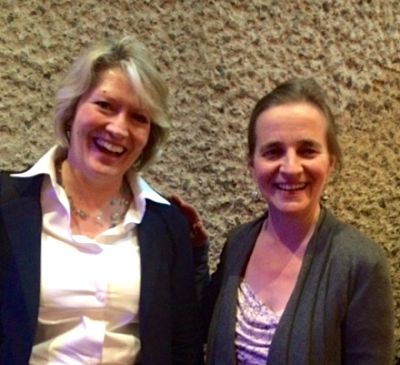
Lisa with Rachel Brown
One of Lisa’s projects for the year is to study baroque performance practices. Coming to London made it possible to work with one of the greats, Rachel Brown. Rachel’s expertise and energy has made this musical language come to life in ensembles like Collegium Musicum 90, the Academy of Ancient Music, the Kings Consort, the Orchestra of the Age of Enlightenment and many others. Lisa’s two-hour plus lessons filled her with excitement about music as a kind of speech and the element of dance that formed the basis of so much early music.
We went to Waterloo and the Southbank to hear the London Philharmonic Orchestra play twice. Their Mozart Symphony No. 36 made a huge impression. Their performance was complete with excellent ensemble and beautiful dynamic phrasing. The violin sections seem especially virtuosic. With five competing orchestras in London and the threat of that number being reduced, every performance must have energy and “something to say”. This orchestra was good at saying it! We also enjoyed Dvorak’s Symphony No. 8, a new concerto for 4 horns by James Horner and “Sheherazade” by Rimsky-Korsakov. A young Russian pianist, Dmitry Mayboroda, made a splash with the Rachmaninoff Piano Concerto No. 1. He wasn’t shy about playing three encores too!
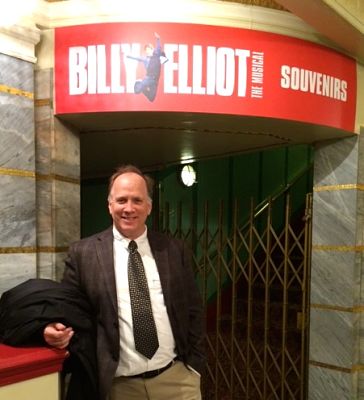
Billy Elliot musical
Lisa and I enjoyed seeing the musical “Billy Elliot” and the play/musical “Shakespeare in Love”. The West End was packed with theatergoers and busy restaurants. There are also signs, “This area is known for pickpockets”. I moved my wallet to a front pocket. During the week we noticed the theaters and halls allowed people to bring chips, ice cream and wine back to their seats. I’m not especially keen on someone munching a bag of Doritos during one of my performances.
The four us enjoyed a nice trip down the Thames River to Greenwich. The Trinity College of Music is there along with the Royal Naval Academy. The observatory is a popular place for tourists and we could be in a spot where one foot was in the western hemisphere and the other in the Eastern hemisphere. We ate fish and chips for lunch. It wouldn’t be the last time!
We saw a terrific show on the history and recreation of the first performance (in Prague) of Mozart’s “ Don Giovanni”. In the month ahead we’ll get to see that exact spot where Mozart conducted the orchestra. A plaque designates that spot. The hall still stands and is still used by the people of Prague.
The London Sinfonietta with, Thierry Fischer conducting, played at the Queen Elizabeth Hall on March 28th. We met before the concert for tea. After an exhausting Pierre Boulez program a week earlier, Thierry seemed especially relaxed and personable. He got us tickets and would introduce us to one of England’s pre-eminent flutists, Michael Cox. The crowd was large and appreciative. The all-modern program was typical of this orchestra. The review the next day would call it an “excellent performance”. From the audience, Thierry’s conducting seemed clear and helpful especially considering the complexity of these late 20th and21st century works. The audience brought him back three times.
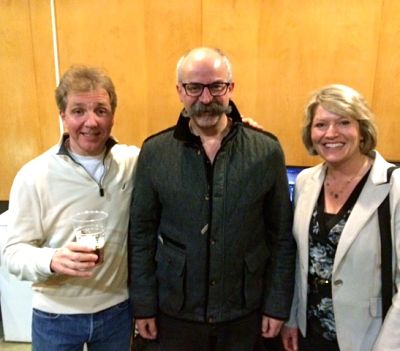
Thierry Fischer, flutist Michael Cox
Lisa joined Mary and the other three members of the Fioiri Bianchi String Quartet for an evening of flute quartets and quintets. The members of the quartet have all played for royalty and with the leading orchestras of London. Joan Atherton was even one of the musicians in the London Sinfonietta concert we had just heard. However, it’s not as much about the music as the food, and Lee has a reputation for never making the same thing twice! He made some delicious Indian food that everyone loved!. I was the sous chef. It was a lot of fun.
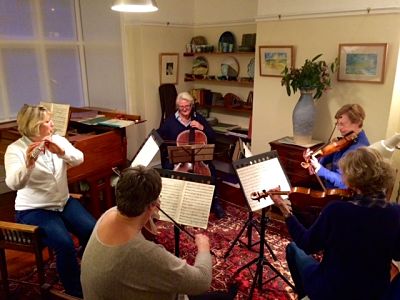
Quintets with the girls
We had some great meals at a dim sum restaurant, a neighborhood pho restaurant and a Lebanese restaurant. Mary’s daughter Susie, grandson Alfie and son-in-law Philip joined us for a plum chicken dinner. Susie helps manage the career of conductors like Thierry Fischer, and Philip is an acoustical engineer. He’s helped build concert halls in Glasgow, London, Norway and Egypt, to name a few. We became a little more familiar with the science of sound. Alfie was entertaining us with tales of British humor. He spent the night.
I spent part of an afternoon trying new oboes at the Howarth Oboes store. They’re getting better and the temptation to go further into debt is great. After time trying oboes in Los Angeles, Paris and London, I feel the need to take stock. After all, a new oboe is tax deductible!
We heard the Royal Philharmonic play an all-Beethoven concert at Cadogan Hall. Of the four principal winds, only one was a regular. A player switching between orchestras is a common occurrence in London. Principal clarinetist Katherine Lacy and guest principal bassoonist Joseph Sanchis were two of the stand-outs. The program featured Beethoven’s 2nd and 4th symphonies and the Beethoven Piano Concerto No. 1 with Freddy Kempf. Mr. Kempf was spectacular. You could see why he was a prize winner at the Tchaikovsky Competition.
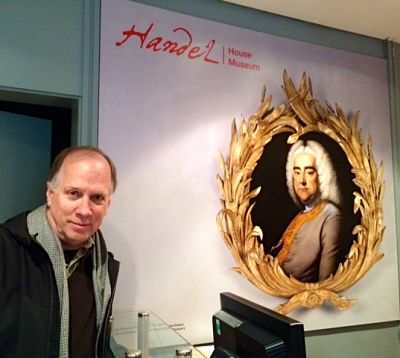
Handel House
We enjoyed visits to the Handel House and Westminster Abbey. Handel lived for more than 30 years at this home on Brook Street and is buried in Westminster Abbey. The house has been renovated beautifully. Replicas of his harpsichords are present (one of which he spent the four weeks composing “The Messiah”), along with the paintings he would have displayed. Though his roots were German, Handel was known as “a Londoner”. A plaque identifies the Handel House, but in a strange example of contrast, next door is a plaque identifying the house of Jimi Hendrix. They would have been neighbors except for 200 years of time. Westminster Abbey can be overwhelming. Besides Handel, grave sights, plaques and dedications can be seen for composers like Purcell, Vaughn Williams, Edward Elgar, Benjamin Britten, William Walton, people like Isaac Newton, Robert Browning, Winston Churchill and kings and queens going back more than 800 years. Our limited American history pales in comparison, as does the family and political intrigue of royal succession. The enormous church, surrounding churches, Big Ben, the Eye, Parliament, etc. are good backdrops for a lot of picture-taking.
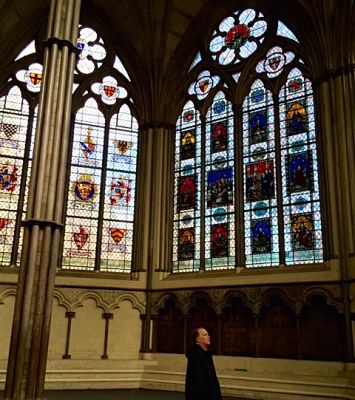
Westminster Abbey
Lisa and I enjoyed a concert at St. John’s Square with the London Mozart Players. This program included the first movement of the 40th Symphony by Mozart and the Mozart Piano Concerto No. 20. Howard Shelley talked, played and conducted the program. It was very exciting. Afterwards, we said hello to Michael Cox again.
With less than a week remaining in London, we are faced with the fact we’re not going to get to everything. Sold out performances by the Royal Ballet and the Royal Opera House have altered our plans. Besides, Lee probably has some dishes he wants to try out on us!
– Robert Stephenson and Lisa Byrnes
—————————————————————————————————————————————————-
II.
The challenge of traveling to a foreign country can be great. One might think another English speaking nation would be no problem, but the accents and vocabulary can create issues. In the U.S., you can imagine a boy saying to his mother, “Mom, I’m going to the park to play soccer with my friends Alex, Nick, Josh and Cody!” In the U.K it would be more like, “Mum, I’m going to the common to play football with my mates Alastair, Nigel, Giles and Colin!” Whereas we have the hood and trunk of a car, the Brits have the bonnet and boot. When asking a server at a fish and chips place in Greenwich, “Where are your restrooms?…..Your bathrooms?…… Your toilettes (with a French accent)?” and still getting a puzzled look in return, my brother suggested “Try loo!” The young woman quickly pointed the way.
Lisa and I went to hear concerts featuring the English Concert and the Academy of Ancient Music. The latter group played Bach’s Saint Matthew Passion and one of the stars was Rachel Brown on baroque flute. As Lisa had spent several hours working with her, Rachel’s beautiful playing meant that much more. We really had the sense of the music “speaking” in that true baroque style.

Family day on the Thames
One of the fun things about coming to London is seeing family. Besides spending all the time with brother Lee and sister-in-law Mary, we got to see a niece and her husband, their two beautiful daughters and my oldest nephew. We enjoyed lunch together and a walk along the Thames River. The girls fed the “royal swans” and ducks. Mary pointed out a mandarin. Miraculous! Everyone seems well.
Easter included time with Mary’s son, Andy, his two sons and Andy’s girlfriend, Corrine. We dined on roast ducks and a dessert called “Pavlova”. Everything was delicious. We all took a walk in the Common. Corrine’s dog, “Sydney Dog”, played soccer, or should I say football, most of the way. The trees are starting to show their leaves and the temperatures are getting warmer.
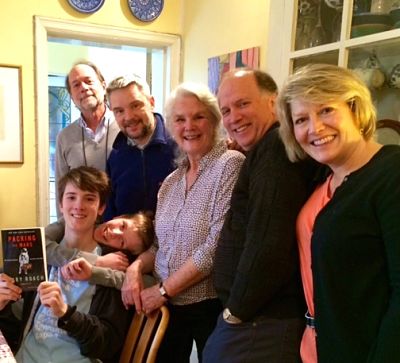
Easter Sunday
Lisa and I went to hear the Saint Luke’s Passion by James MacMillan, which had some exciting moments. There wasn’t a lot for the reduced orchestra to do, but the choirs were especially good.
We took a break from the concert schedule and made a trip north to the seaside town of Whitby. Whitby is famous for fish and chips, the ruins of a huge abbey and, for Lisa, ancestors. The Chapmans lived for centuries in this coastal town as ship builders, sea merchants, sail makers, etc. We spent time in the local library and discovered there were a lot of Stephenson’s living in Whitby, too. We took pictures of paintings of Chapmans that can be shared with family in California. We also enjoyed the Victorian photographs of Whitby native Frank Meadow Sutcliffe and the paintings of George Weatherill. The fish and chips lived up to it’s reputation.
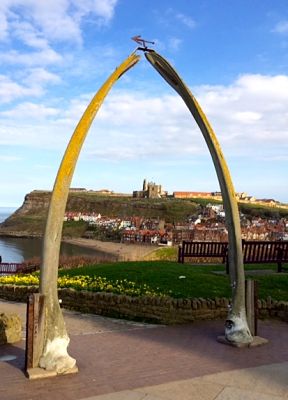
Old shipping village of Whitby
On our last night in London we went to hear the London Symphony Orchestra. Gianandrea Noreda led the orchestra in the Shostakovich Violin Concerto and the Faust Symphony by Liszt. The violin soloist was Leonidas Kavakos and he was fabulous. We sat in the seventh row. His Stradivarius violin drew us in immediately and the energy in the faster material was electric. The woodwinds did a great job of keeping up in an accompaniment which is very difficult. The trumpet and horn playing stood out in the Liszt symphony. It’s an orchestra that uses dynamic phrasing expertly. The strings sound like a great collection of virtuosi. The fugue in the last movement was really thrilling. It was a good way to finish our musical journey in England.
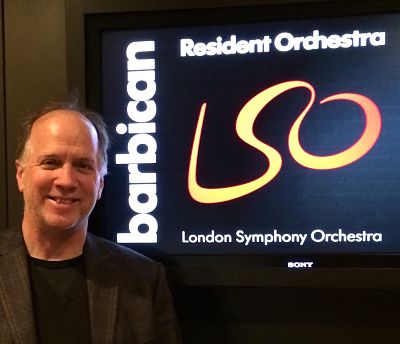
LSO at the Barbican
Now, Germany!
– Robert Stephenson and Lisa Byrnes
